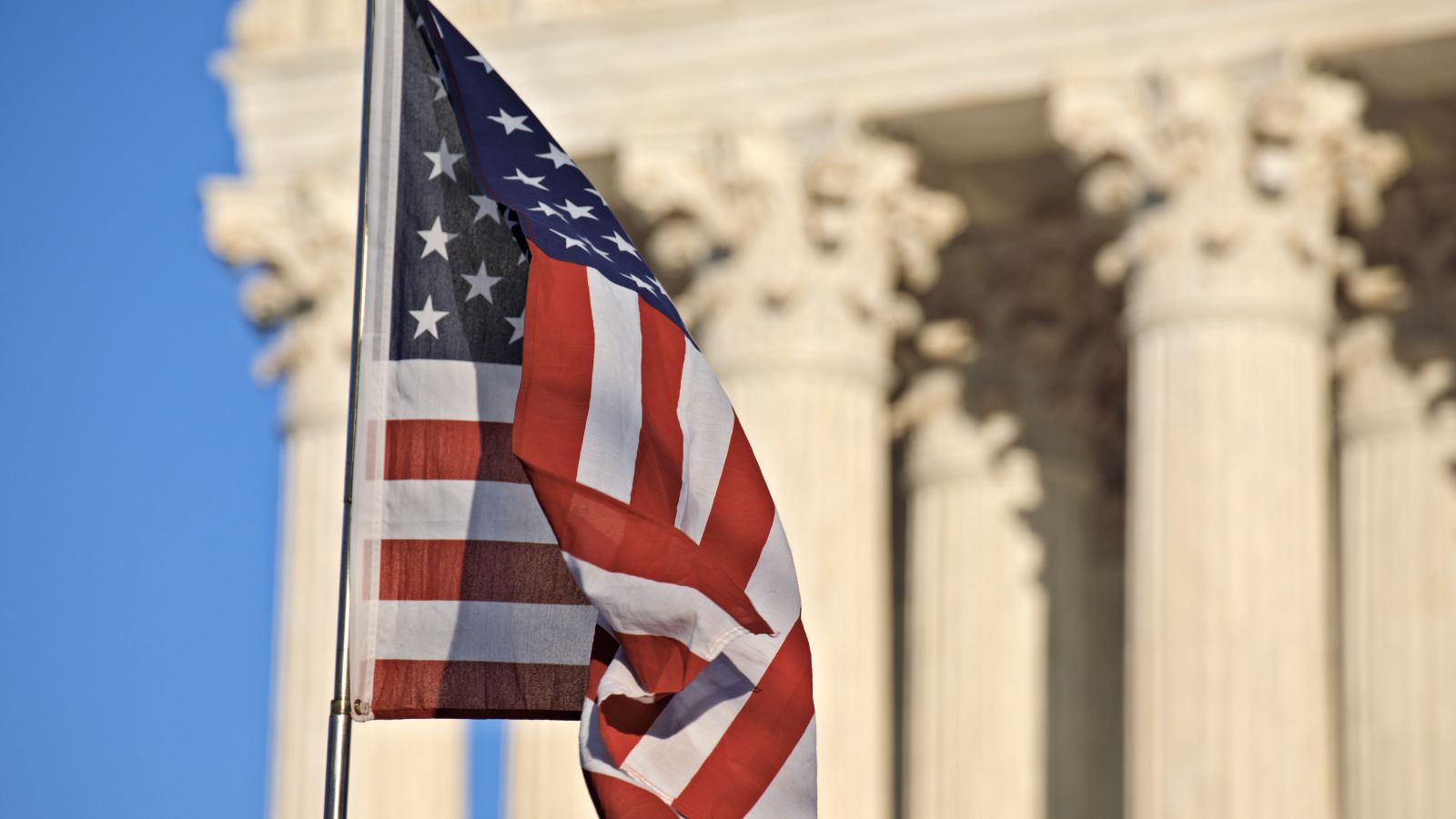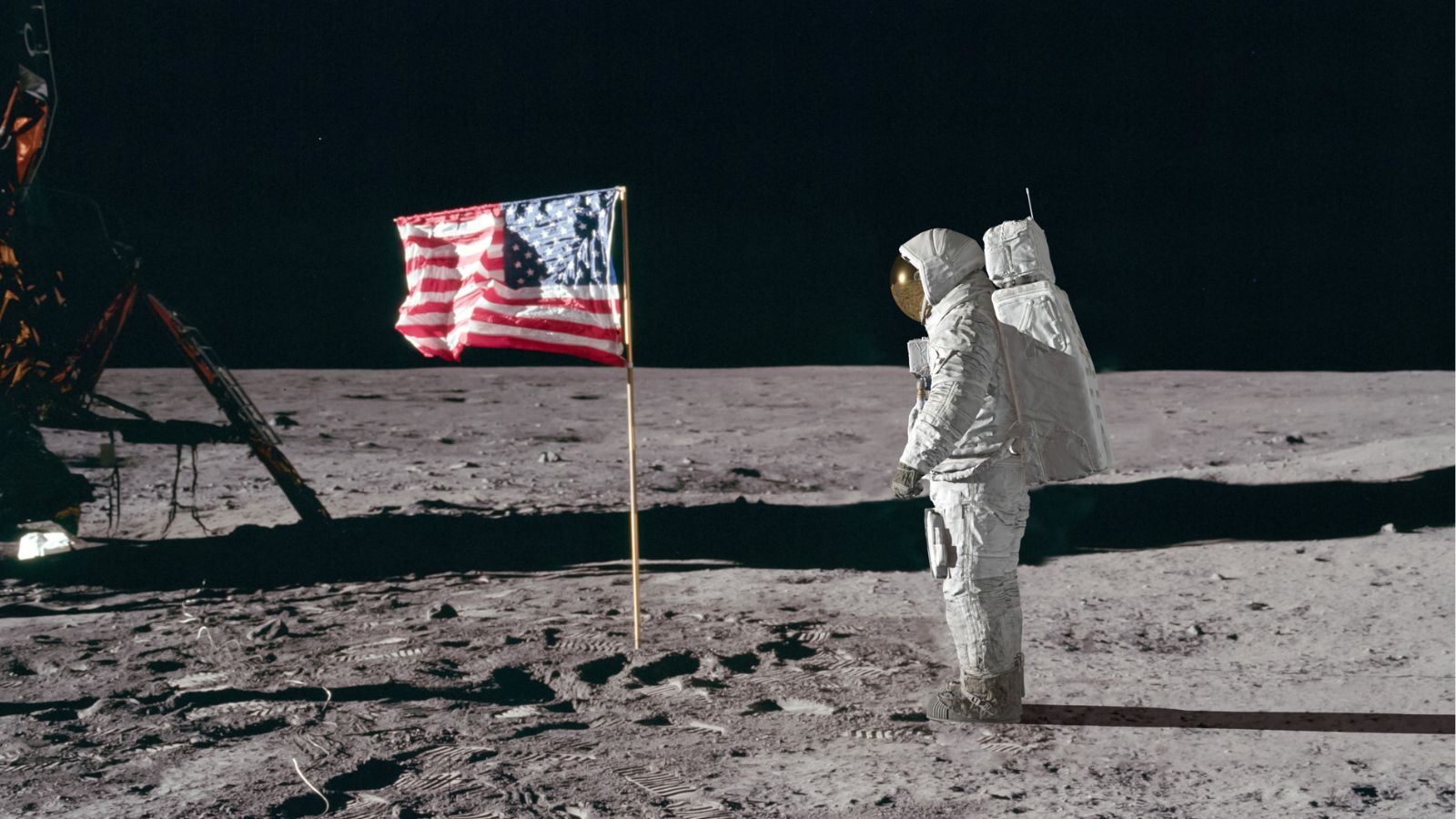The moon landing in 1969 was an impressively monumental achievement in human history, showing technology could allow us to explore, study, and maybe even colonize space and other planets. Beyond the iconic images and memorable quotes, there are many fascinating, lesser-known details about this incredible mission—this article explores 18 such facts.
The First Words Weren’t What You Think

Neil Armstrong’s inspirational words are forever immortalized in history, yet the first transmission actually contained some static, which erased one of his words. Armstrong most likely said, “That’s one small step for a man, one giant leap for mankind.” The missing “a” is due to transmission interference. Still, the overall sentiment remained and awed the world regardless!
The Astronauts Were Almost Stranded

According to History.com, “Aldrin and Neil Armstrong were preparing to return to command from their lunar module when they discovered that a 1-inch engine arm circuit breaker switch had broken off the instrument panel.” As they scrambled for an alternative, Buzz managed to replace the switch with a plastic felt tip pen—the crude fix worked, and they were able to take off.
The Soviets Congratulated the US

Despite the intense political rivalry between the US and the Soviet Union during the Space Race, the Soviet Union officially congratulated the US on the Apollo 11 moon landing. This acknowledgment was a turning point in the ongoing Cold War between the two nations and paved the way for more international cooperation in space, such as the building of the ISS.
The Reflectors Left Behind Are Still in Use

Laser reflectors were placed on the moon’s surface during the Apollo missions to measure lunar distances. By bouncing lasers off these reflectors and measuring the time it takes for the signal to return, scientists can accurately calculate the Earth-moon distance. The devices are still in use and remain crucial for understanding lunar position and its impact on tides.
The American Flag Didn’t Wave in the Wind

One of the iconic images of the moon landing is the American flag planted on the lunar surface, billowing proudly in the wind. However, NASA confirms that there is no weather on the moon, including wind. The flag’s wavy appearance is due to a horizontal pole designed to keep the flag extended from the lunar lander, subjecting the flag to the moon’s weak gravity.
The Astronauts Smuggled Forbidden Items

Mission guidelines were strict, yet the Apollo 11 astronauts mischievously ignored them and managed to sneak a few unauthorized items onto the spacecraft. These included astronaut Charles Conrad’s smuggled medals, which he placed on the lunar surface in a tribute to fallen astronauts, and also a small silicon disc containing goodwill messages from world leaders.
The Moon Landing Was Filmed in Slow Motion

In 1969, television technology was still in its relative infancy, and televising the broadcast ‘live’ was going to be challenging, particularly considering the vast distance between the earth and the moon. The transmission was filmed in slow motion to avoid a significant delay and compensate for the time lag, preventing viewers from experiencing any adverse ‘buffering.’
The Module Missed the Landing Site

The Apollo 11 landing site was originally designated as a supposedly flat area of the “Sea of Tranquility.” However, during the descent, astronaut Neil Armstrong noticed the terrain was rougher than expected, and they changed course. The National Air and Space Museum confirms, “The lunar module landed safely some 6 km from the originally intended landing site.”
The Descent Was Hair-Raising

The mission’s lunar module, nicknamed “Eagle,” had a worryingly low amount of fuel remaining as it descended to the moon’s surface. When still 100 feet from touching down, ‘low fuel’ warnings sounded in the cockpit, creating tense moments for the astronauts and mission control. Luckily, the crew managed to land the module safely, with only 216 lbs. of rocket fuel left.
The First ‘Words’ Were in Morse Code

While the world remembers Neil Armstrong’s now-famous speech, the very first human communication from the lunar surface was actually in Morse Code. An automated signal, consisting of a series of beeps, was relayed to mission control as soon as the module touched down, conveying vital telemetry data about the Eagle’s condition and location.
The Soviets Almost Landed a Man on the Moon First

Throughout the Space Race, competition between the US and the Soviet Union was fierce. The Soviet lunar program made significant strides, and their Luna 9 unmanned probe became the first spacecraft in history to land on the moon in 1966, yet there were no astronauts aboard to explore the surface. Still, they played a crucial role in pushing the limits of space exploration.
The American Flag Was Later Knocked Over

Although many scientists hypothesize that the flag planted on the moon would quickly deteriorate due to the harsh lunar environment of extreme temperatures and solar radiation, it remained in good condition due to the lack of atmosphere. That was until Buzz Aldrin witnessed that the original flag had been knocked over by a rocket blast on a later mission to the moon.
Buzz Aldrin’s First Words

As the second man on the moon, astronaut Buzz Aldrin’s first words have been largely forgotten, eclipsed by Armstrong’s famous phrase. The BBC reports that Buzz’s first words were “Beautiful view,” to which Neil replied, “Isn’t that something? Magnificent sight out here.” Aldrin then replied, “Magnificent desolation.” Sadly, the exchange wasn’t widely publicized.
Moonquakes Were Detected

Seismic experiments undertaken during the Apollo missions revealed the presence of moonquakes. These tremors are much weaker than earthquakes and are likely caused by the gravitational pull of the earth and the sun on the moon, as well as occasional meteorite impacts. The mission was the first time scientists were aware of the phenomenon.
The Moon Landing Ignited a Passion for STEM

The ISS National Lab confirms that an entire generation of girls and boys was inspired by the Apollo missions, particularly the moon landing. This resulted in a wave of young people pursuing careers in science, technology, engineering, and mathematics. Witnessing the triumph of human ingenuity and scientific achievement sparked interest in STEM fields.
It Provided a Treasure Trove of Data

The Apollo missions weren’t just about American glory and planting a flag before the Soviets did—they yielded a wealth of scientific data about the moon’s composition, geology, and history. Lunar samples, including rocks, core samples, pebbles, sand, and dust from the surface, were excitedly awaited by scientists back on Earth, keen to study them for the first time.
The Astronauts Faced Quarantine

While celebrations erupted around the world following the successful moon landing, the Apollo 11 astronauts faced a 3-week mandatory quarantine period in a specially designed Mobile Quarantine Facility (MQF). With the lunar surface unexplored, there were concerns about potential non-earthly pathogens/contaminants they could’ve carried back.
Your Smartphone Is More Powerful than a ‘60s NASA Computer

It may sound unbelievable, but your modern smartphone indeed has more processing power than the NASA guidance computers used in the 1969 moon landings and associated space flights. This fact highlights just how far modern technology has come and how impressive the landing was, given the comparatively basic technology available at the time.
Read More: 18 Misunderstood Acts The Bible Says Aren’t Actually Sins

People tend to assume that the Bible condemns a wide array of behaviors, but the reality might surprise you. Here, we zoom in on 18 so-called “sins” that may not be as bad as we thought.
18 Misunderstood Acts The Bible Says Aren’t Actually Sins
18 Things You’re Far Too Old To Be Doing Anymore

As we grow older, it’s a great time to reevaluate our choices and habits. In this article, we’ll explore 18 things you may still be doing even though you may be too old.
18 Things You’re Far Too Old To Be Doing Anymore
18 Things That Become Intolerable as You Get Older

As people age, they sometimes don’t find as much joy in things as they used to. An internet survey recently asked, “What are you starting to dislike more as you get older?” Here are the top 19 responses.
18 Things That Become Intolerable as You Get Older
The Boomers Called It: 19 Stupid Trends That Backfired

Sometimes, we get carried away with trends that we think are cool at the time, only to realize later how utterly ridiculous they were. Join us as we take a cringe-worthy trip down memory lane and explore 19 stupid trends that backfired. Prepare for some facepalms!
The Boomers Called It: 19 Stupid Trends That Backfired
21 Things That Will Be Lost Forever When The Boomer Generation is Gone

Baby boomers grew up in a vastly different culture, so they have what younger generations consider strange habits. An internet survey recently asked, “What will die with boomers?” Here are the top 22 answers.
21 Things That Will Be Lost Forever When The Boomer Generation is Gone
